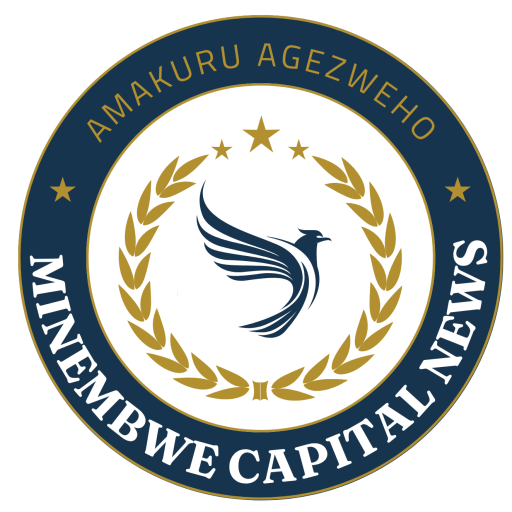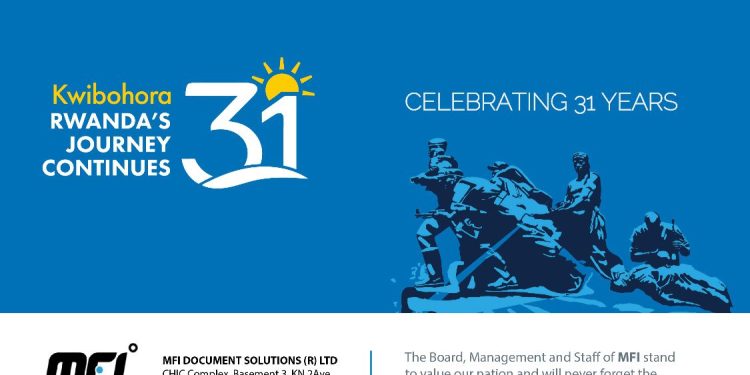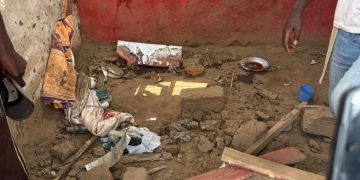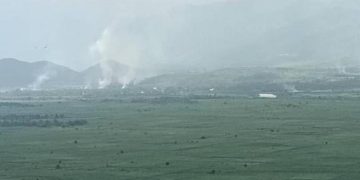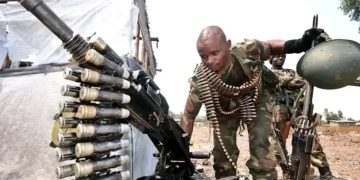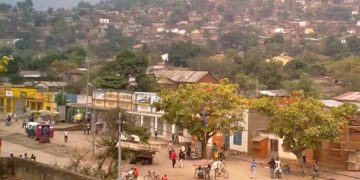On July 4, 2025, as Rwanda commemorated its 31st Liberation Day #Kwibohora31, President Paul Kagame engaged in insightful conversation with journalists, addressing pressing issues surrounding the U.S.-brokered peace deal with the Democratic Republic of Congo (DRC), the M23 conflict, and Rwanda’s unwavering stance on national security. The discussion, broadcast live and shared widely on platforms like YouTube, offered a rare glimpse into Rwanda’s perspective on regional stability and diplomacy. Below are the key points from this significant dialogue.
You might also like
1. U.S Brokered Peace Deal A Step Toward Stability
President Kagame highlighted the U.S.-brokered peace agreement, signed on June 27, 2025, as a potential turning point for resolving the long-standing conflict in eastern DRC. The deal, facilitated by the Trump administration, rests on three pillars: economic cooperation, security measures, and political dialogue.
Kagame expressed cautious optimism, stating, “We may get somewhere with that,” but emphasized that the deal’s success depends on mutual commitment, particularly from the DRC, to address the threat posed by the Democratic Forces for the Liberation of Rwanda (FDLR), a Hutu militia linked to the 1994 genocide.
Kagame noted that the agreement includes provisions for Rwanda to withdraw its alleged military presence from eastern DRC within 90 days and for the DRC to take action against the FDLR. However, he voiced skepticism about the DRC’s intentions, suggesting that Congolese leadership might be leveraging the deal to gain international support rather than seeking a genuine resolution. “They just wanted to offer something minerals, access, or money as bait to get others to fight their enemies,” he remarked.
2. Rwanda’s Firm Stance on National Security
Central theme of the conversation was Rwanda’s resolute commitment to protecting its sovereignty. Kagame declared, “No permission is needed to protect our country,” a statement that resonated widely on social media platforms like X. This assertion reflects Rwanda’s defensive posture amid accusations from the DRC, the United Nations, and Western governments that it supports the M23 rebel group, which recently captured Goma and Bukavu in eastern DRC.
Kagame refuted claims that M23 is a Rwandan creation, arguing that the group emerged from the marginalization of Congolese Tutsis and the DRC’s failure to neutralize the FDLR. He emphasized that Rwanda’s actions are driven by the need to counter security threats posed by the FDLR, which he accused of collaborating with the Congolese army. “You can blame us for doing what we could to stop FDLR, but you can’t blame us for starting this conflict,” he said.
3. The M23 Conflict and Regional Dynamics
The dialogue addressed the escalating M23 group , Kagame clarified that M23’s roots lie in the DRC’s unfulfilled commitments to previous peace agreements, such as the 2009 deal, which promised integration and protection for Congolese Tutsis. He also highlighted the humanitarian crisis, including the plight of Congolese Tutsi refugees in Rwanda, and called for a comprehensive approach to address the conflict’s root causes.
Kagame acknowledged parallel diplomatic efforts, such as the Qatar-mediated talks in March 2025, where Rwanda and the DRC agreed to an “immediate and unconditional ceasefire.” He stressed the importance of a “give and take” approach to achieve lasting stability, noting, “Each party gets a piece, and stability comes out
4. Critique of International Narratives
Kagame used the platform to challenge what he described as biased international narratives, particularly from the United Nations Group of Experts on the DRC. He accused the UN of unfairly targeting Rwanda while ignoring the FDLR’s role in perpetuating violence. “Everyone knows where this conflict began, and it has nothing to do with Rwanda,” he said.
He also criticized the UN’s peacekeeping mission (MONUSCO) and expressed frustration with countries like South Africa, which lost 14 peacekeepers in the M23 offensive, for allegedly collaborating with the FDLR.Despite his critiques, Kagame welcomed the U.S.’s renewed engagement, contrasting it with what he described as the indifference of prior international efforts.
He emphasized Rwanda’s openness to diplomacy, referencing regional initiatives like the Luanda and Nairobi processes and the East African Community’s efforts to de-escalate the conflict.
5. Economic Cooperation and the Mineral Narrative
The conversation also touched on the economic dimensions of the Rwanda-DRC conflict, particularly the exploitation of eastern DRC’s vast mineral resources, including coltan, gold, and cobalt. Kagame rejected accusations that Rwanda is primarily motivated by mineral interests, calling such claims a over simplification.
He argued that the DRC’s governance challenges and the involvement of multiple regional and international actors contribute to the region’s instability. The US brokered deal’s economic pillar, he noted, aims to foster cooperation to address these issues transparently.
Conclusion
President Kagame’s dialogue with journalists underscores Rwanda’s complex role in the Great Lakes region, where historical grievances, security threats and resource competition continue to fuel conflict. The US brokered peace deal offers hope for de-escalation, but its success hinges on the DRC’s commitment to tackling the FDLR and addressing internal governance issues.
Kagame’s remarks reflect a delicate balance between diplomacy and defense, signaling Rwanda’s willingness to engage in peace processes while prioritizing its security.
As the 90 day timeline for the peace deal unfolds, the international community and regional stakeholders will closely monitor progress. For Rwandans, the #Kwibohora31 dialogue was a reminder of their nation’s resilience and determination to shape its future in a volatile region.
